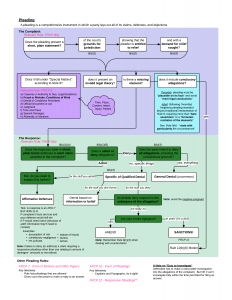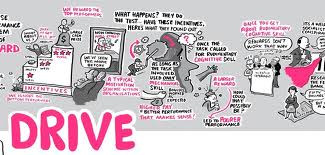| 3 |
1/26 |
Persepolis 33-102 (“The Letter” through “The Key”) |
|
1/28 |
Persepolis 103-134 (“The Wine” through “Kim Wilde”) |
|
1/30 |
Writer/Designer chapter 2 |
|
2/1 |
Due: Sunday Funnies 3 |
I hope you’ve all had a great weekend. The coming week will be our first “normal” one, since we had no Monday classes in the first two. We’ll spend some significant time discussing chunks of Persepolis this week and get into what will be our fairly regular rhythm: Mondays and Wednesdays focused on reading, analysis, discussion and Fridays focused on your own writings.
On Friday, we will actually spend some time discussing the first two chapters of Writer/Designer. Cheryl Ball, one of the authors of that book, will be on campus next week on Thursday and Friday (2/5 & 2/6) leading discussion and workshops for faculty and grad students around designing and assessing multimodal assignments. She’ll also give a public lecture on Thursday evening, starting at 6:00pm in the Jones Room on the 3rd floor of the library, entitled “The Asymptotic Relationship Between Digital Humanities and Computers and Writing.” I’ll offer extra credit to anyone who attends the lecture and then writes a paragraph or two on your blog about the event–summarize what she spoke about, what you learned, anything you found interesting about the talk. Ball is a very dynamic and fun speaker, and that title is meant to be at least a little bit puzzling and provocative, so you should consider attending if you can.
(Speaking of looking ahead and extra credit. You might want to mark your calendars now for another event: British Poet Laureate Carol Anne Duffy will be giving a reading in Glenn Auditorium at Emory on February 21 at 4:00pm. I’ll offer extra credit if you attend and reflect upon her reading too.)
I’ve been really enjoying your triptychs this week! We’ll talk briefly about them in class tomorrow, so please take a few moments to scroll through your classmates’ photographic comics–and leave comments in response.
I believe almost everybody’s eng101 subdomains are now linked from the Student Work page and are syndicating. The syndication plugin checks for updates about every hour, so if you post something on your subdomain and it’s not showing up after a couple of hours or so, let me know, please. If you’re running into troubles with creating those posts or with configuring your sites, besides just finding time to work on it, then let me know.
By the way, if you’ve been just pasting URLs into your blog posts so far, then it’s time now to start learning how to create links instead. It’s not terribly complicated, but using links is a fundamental web literacy that you need to know how to do. (I’m not going to force you to learn the manual HTML for using links in comments, even though it wouldn’t be a bad idea for you to do so. I am going to require that you use links instead of URLs in your posts and pages.)
Note that for your next Sunday Funnies assignment, you might need to plan ahead a bit because you’ll be turning one set of class notes into a set of drawings or visualizations. These do not need to be polished or elaborate, but you’ll need to make sure to take good notes in one class (besides mine) this week and if you’re going to hand draw your visualizations (which is perfectly fine), you’ll need to build in enough time to go scan your drawings to insert into a post.
(image credit:”3 Mosaic” by Flickr user Leo Reynolds)








